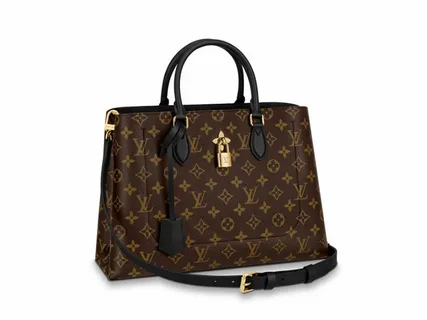Introduction
In the ever-evolving world of luxury fashion, few names carry as much prestige and universal recognition as louis vuitton. Known for its iconic monogram and commitment to craftsmanship, the brand has become a symbol of elegance and success. The art of branding: Louis Vuitton’s global influence lies not only in its products but in the way it has crafted an identity that resonates across cultures and generations.
A Legacy Built on Craftsmanship and Innovation
Founded in 1854 by Louis Vuitton in Paris, the brand began as a trunk-making business. What set it apart from the start was the emphasis on quality, functionality, and innovation. Over the decades, Louis Vuitton expanded into handbags, accessories, ready-to-wear fashion, and even luxury travel experiences. The consistent quality and exclusivity of its products played a major role in cementing the brand’s identity.
By carefully controlling its production and limiting distribution, Louis Vuitton cultivated a sense of scarcity and value. These strategies became foundational pillars in the art of branding: Louis Vuitton’s global influence, setting a benchmark for other luxury brands to follow.
Cultural Adaptability and Global Reach
One of the most remarkable aspects of Louis Vuitton’s branding strategy is its ability to adapt to diverse markets while maintaining a cohesive global identity. From Tokyo to New York, Dubai to London, the brand tailors its campaigns and store experiences to align with local tastes without compromising its core values.
Collaborations with contemporary artists and designers like Yayoi Kusama, Supreme, and Pharrell Williams have allowed Louis Vuitton to stay relevant to younger, trend-conscious audiences. These partnerships blend high fashion with pop culture, proving that the art of branding: Louis Vuitton’s global influence is rooted in both tradition and innovation.
Marketing Mastery and Digital Evolution
Louis Vuitton has mastered the luxury marketing game through strategic storytelling, celebrity endorsements, and cutting-edge digital campaigns. Its advertising doesn’t just sell a product—it sells a dream. The use of high-profile ambassadors and fashion-forward runway shows has positioned the brand at the forefront of global fashion discourse.
With the rise of digital media, Louis Vuitton has successfully translated its opulent in-store experience to online platforms, including immersive e-commerce sites, social media campaigns, and virtual fashion shows. This seamless blend of the physical and digital has further amplified the art of branding: Louis Vuitton’s global influence in the 21st century.
Conclusion
Louis Vuitton stands as a testament to what powerful branding can achieve. From its humble beginnings to becoming one of the most valuable luxury brands in the world, the company has shown that consistent quality, cultural awareness, and marketing innovation are key to global success. Truly, the art of branding: Louis Vuitton’s global influence offers a masterclass in how a brand can evolve without losing its soul.

